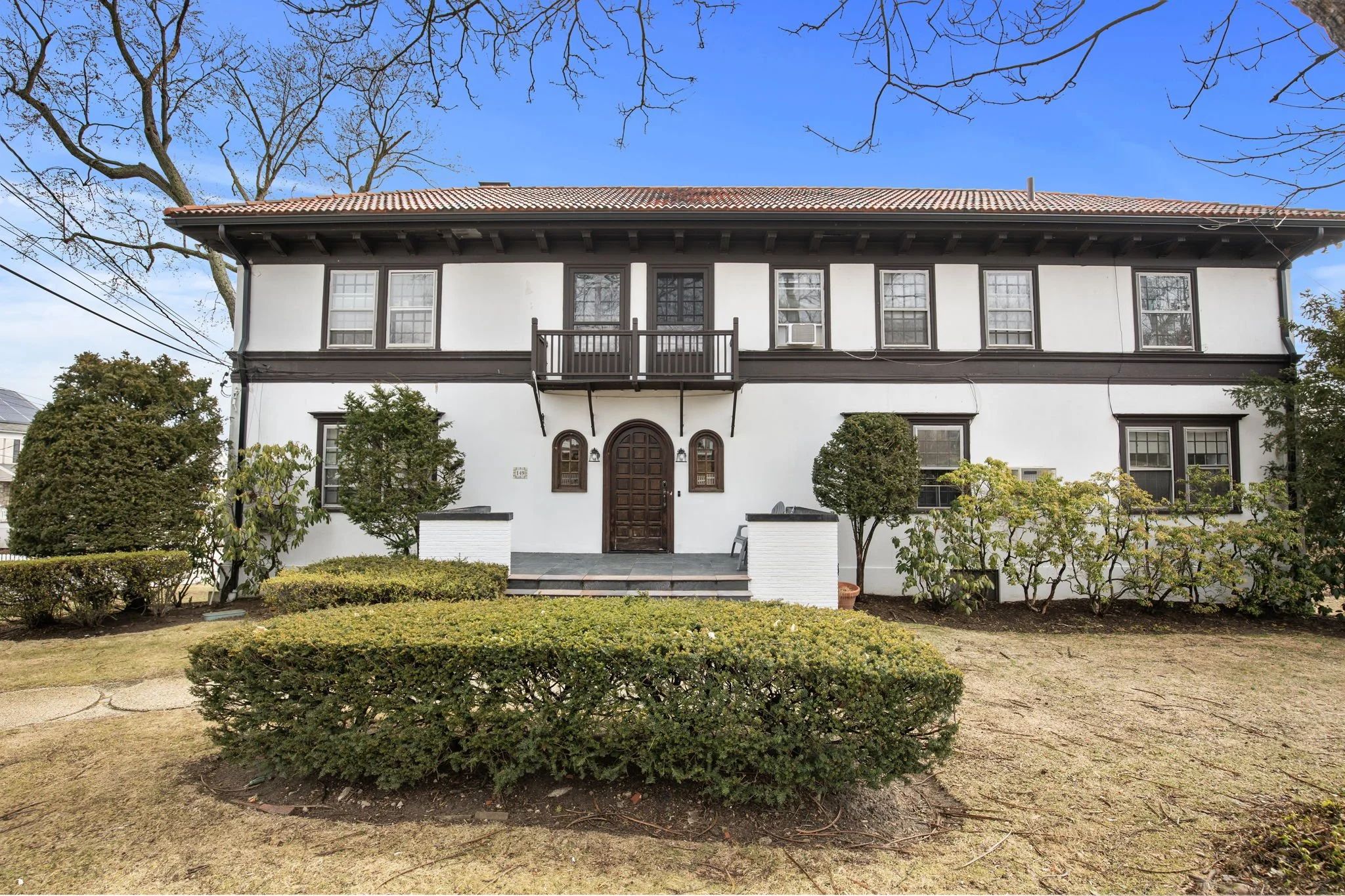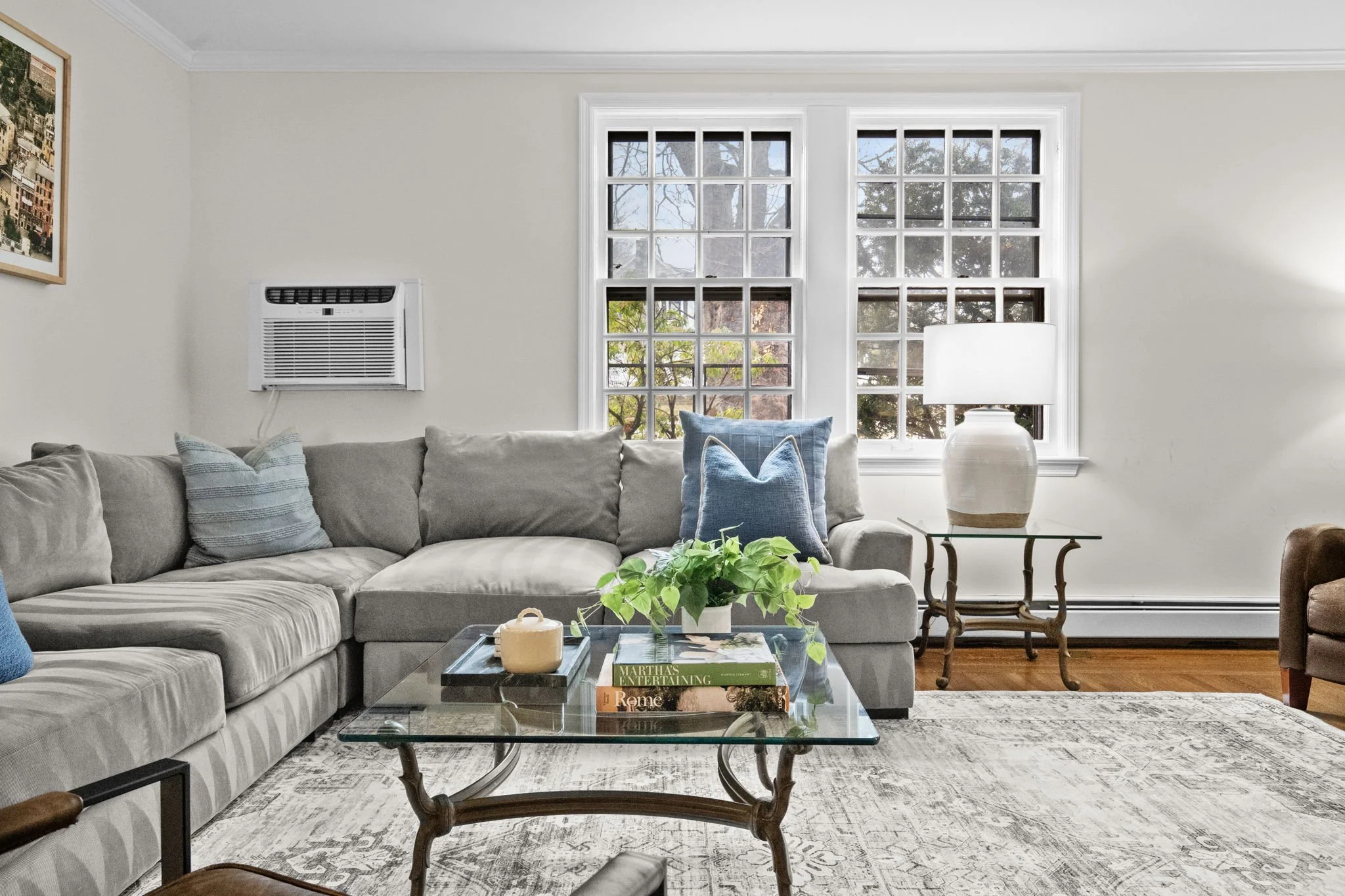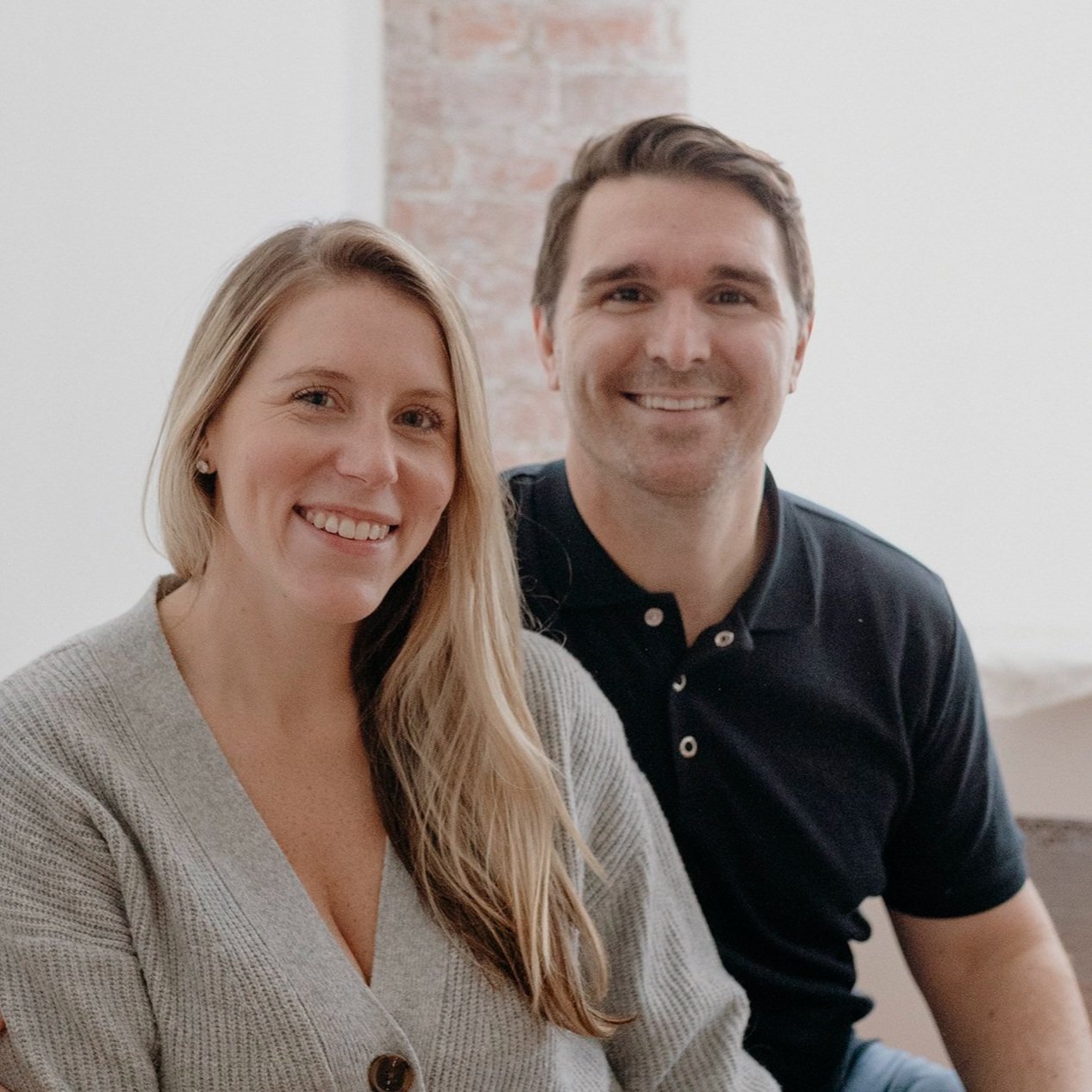Want More Bookings? Here’s How We Design for ROI
Designing a beautiful short-term rental might earn you compliments. But designing for ROI? That earns you bookings. Rebookings. And a nightly rate that feels like a win for both you and your guest.
At Block & Barker, our design process doesn’t begin with a couch or a color palette. It begins with context. What’s working in your market? What’s missing? And how can we make your space the obvious choice for the right guest at the right price?
We reverse-engineer every design decision from a clear revenue goal, without sacrificing warmth, story, or soul.
Step 1
We analyze your property’s market positioning
Before we design anything, we go deep on the data. We run comps and competitive analysis in your area. We don’t just look at what’s currently getting lots of bookings, we look at why it’s getting booked.
We pull photos, prices, look reviews - what guests are actually loving or complaining about- and layouts of top-performing listings and examine patterns. It’s about understanding not only what guests see but what they feel. That sense of “I trust this” or “I want to stay here” starts long before they arrive.
We ask:
What’s the emotional hook?
Where are the gaps in your market that you can own?
What would this space need to feel like to outperform the comps?
Then we build from there.
You can’t just look at what’s there, you have to understand why it’s working. That’s why we go beyond surface-level listings and dig into patterns in reviews, ratings, and even photo sequencing. We’re figuring out not just what people book, but what makes them fall in love.
Step 2
We map the revenue gaps and the opportunity
We compare your current pricing, occupancy rate, and listing photos against the top tier in your area. We look at what your space could earn with the right design and staging and we quantify the gap.
It’s not vague. We break it down to: If your space is at $180 per night now, and similar but better-designed properties are consistently getting $240, that’s $60 per night left on the table. Multiply that across your average occupancy, and it quickly becomes a number worth solving for. We calculate what we could charge before we even think about the aesthetic. That’s what drives the design choices.
So we reverse that math to decide how and where to invest: what’s worth upgrading, what’s fine to keep, and what will yield the fastest return.
Step 3
We design for Guest behavior, not just aestehics
Your short term rental could look drop dead gorgeous in photos, but if guests can’t move easily, find what they need, or feel at home, you’ll hear about it in reviews.
We’ve seen it time and time again, rentals where the dining table is so tight against the wall that only two chairs are usable. Bedrooms with nowhere to unpack. Living rooms where the coffee table feels like an obstacle course. These friction points may seem small, but they build up fast.
That’s why we walk through the entire guest journey, step by step and ask ourselves:
Where do guests drop their bags?
How do they settle in?
Can they cook, lounge, eat, and sleep without bumping into things or each other?
Are there enough outlets, hooks, surfaces, and lights?
We design with the whole expereince in mind, not just aesthetics. It’s got to be obvious how you live in the space, even if or just a night. Guests shouldn’t have to figure it out.
Step 4
Smart Spending That Guests Actually Notice
People think they need to go all high-end to stand out, but half that stuff doesn’t survive two bookings. We’ve had properties with the ‘fancy’ stuff that guests destroyed immediately. We’re not sourcing for Instagram, we’re sourcing for stayability.
Designing for ROI means knowing where to spend and where to simplify. We focus on high-visibility, high-use items: a great primary bed, a welcoming sofa, lighting that lifts the space.
But it doesn’t mean breaking the bank. We’ll match a high-end fixture with an IKEA side table that looks boutique once styled. We’ll reupholster secondhand chairs that add texture and story. We make design decisions guests feel but don’t necessarily see coming.
Every item is chosen with a dual lens: Will it photograph well, and will it hold up to guest use?
Step 5
We design the listing photos as much as the Rental Space
People book off photos - it’s not about reading the listing anymore. If they don’t stop scrolling, they don’t even see the description and you’ve already lost the guest.
We literally rearranged a room because the photo angle looked weird. Even if it felt fine in person, if it didn’t shoot well, it wasn’t worth it.
So we stage every room with the camera in mind. We look at lighting, angles, layering, contrast, and color rhythm. We ask what shot will sell the feeling of the stay, not just the features. And we test those angles before the official shoot day to make sure the best parts of your space show up exactly how we want them to.
The way your property photographs isn’t just marketing, it’s part of your conversion strategy.
Step 6
We layer in warmth that guests remember
This is where emotional detail meets design discipline. It’s the part of the process that’s harder to define, but makes the difference between good and great design.
We select materials that cue comfort and care, soft linen curtains that move with the breeze, boucle cushions that say “put your feet up,” and natural wood tones that add calm and character.
We’ll intentionally bring in pieces that have soul, not just polish, matching colors from the natural surroundings to make the space feel grounded and place-specific.
We avoid the sterile, over-designed hotel vibe that’s easy to forget. If the guest wanted that they’d go book a hotel room. Instead, we go for thoughtful touches that make guests say, “This feels like someone really cared.”
Because that emotional warmth isn’t just about the vibe, it’s what makes people remember, rebook, and tell their friends. It’s the difference between a guest saying, “Nice place,” and “I never wanted to leave.”
Step 7
We stage for ease, cleaning, operations, and guest flow
We’ve lived through back-to-back turnovers and know what creates bottlenecks for cleaners and frustrations for guests. That’s why we make every decision with longevity and logistics in mind.
We skip decor that are secret dust traps, textures prone to grease stains in the kitchen. We avoid furniture that’s too heavy to move or too fragile to last. We add welcome benches, coat hooks, and smart storage that feels thoughtful and functions well.
Even things like the right tray or the right throw blanket can signal ease and comfort to guests, and simultaneously help the space reset faster. we have a term for it, “the last five percent”, those micro-decisions that reduce visual clutter, streamline cleaning, and elevate the guest experience.
That final layer isn’t fluff. It’s what gets noticed in reviews. And it’s often what makes a guest return.
Step 7
We optimize post-launch and iterate like owners
After the listing goes live, we don’t just walk away and forget about it. We stay in tune with performance data, guest feedback, and rebooking patterns. If something’s not working, we pivot untill it’s right.
We’re constantly learning from every stay. Whether that means swapping out art that looked better in person than in photos, or restyling a room to match the way guests actually use it, we treat design as an ongoing tool, not a finished set and forget product.
It’s how we catch issues early. It’s how we keep improving ROI. And it’s why our listings don’t just look good for launch day. They perform long after.
Frequently Asked questions
-
Definitely.
We’ve seen properties jump 20–40% in nightly rate after a smart design upgrade. Not because we made it look trendy, but because it looked like something guests wanted to pay more for. And it backed it up when they arrived.
-
It depends how you do it. We’re not talking about hiring someone to throw pillows around.
We’re talking about strategic design choices that get you booked more often, at a better rate. A few thousand invested up front can pay off fast, especially in high season.
-
100%. Guests won’t say “the layout was awkward,” but they will say “we couldn’t figure out where to put our stuff,” or “we didn’t have enough seating.”
Fixing flow and function gets you better reviews—and that’s what brings people back.
-
Spend on anything every single guest will touch or sit on: beds, sofas, lighting.
Those pieces affect comfort and photos. Save on things like nightstands or accent chairs, you can make a budget piece look elevated if it fits the space and is styled right.
-
We track everything.
Bookings, nightly rates, reviews, repeat stays.If something’s off, we look at the data and the guest feedback, and we tweak it.
Good design isn’t static. We treat it like a live asset we can always optimize.
-
It’s the small details that elevate everything.
The dimmer switch that softens the vibe at night, the welcome bench that makes guests feel grounded when they walk in, or the tray that keeps clutter at bay. It’s the final layer that makes the space feel intentional and cared for. That’s what guests notice and that’s what gets you rebooked.
We’re Pete & Georgie - The Founders of Block & Barker
With 8+ years of experience and a portfolio of 20+ properties, we’ve learned what works (and what doesn’t) in Short-Term Rental Management. On this blog, we share our tried and tested insider strategies, and real lessons from running successful rentals—so whether you're just starting out or looking to optimize, you’ll find plenty of value here. Our goal is to help you maximize your earnings, streamline your operations, and build a standout short-term rental business.









